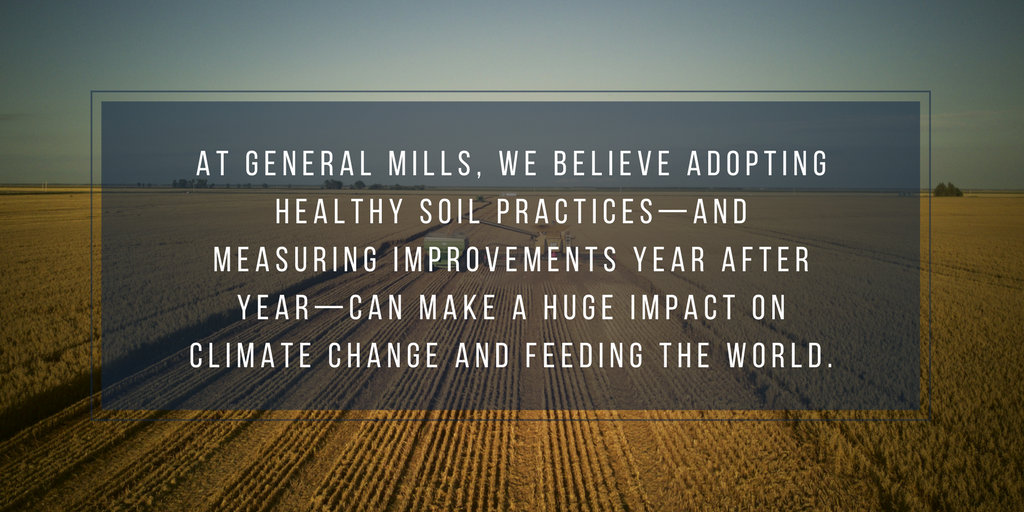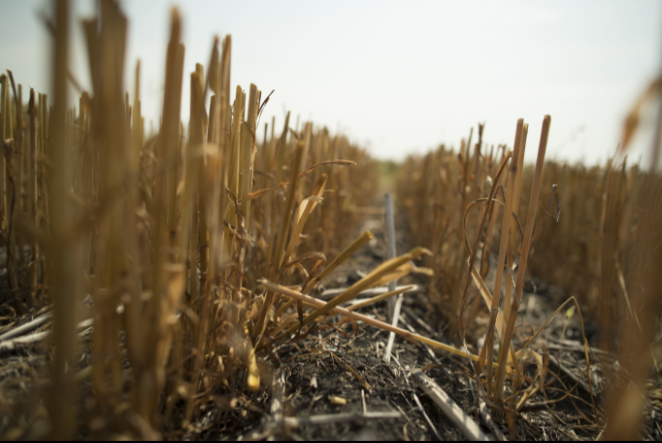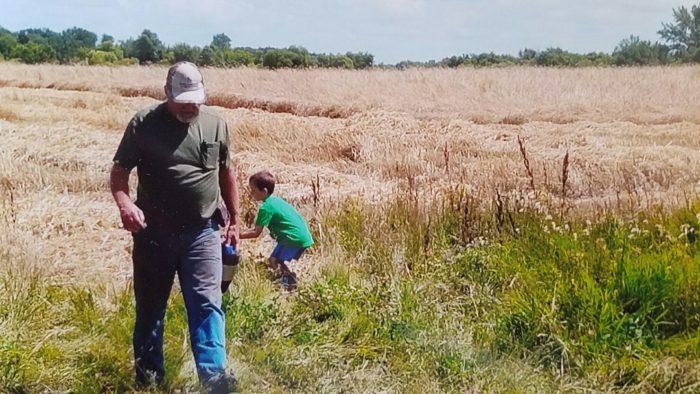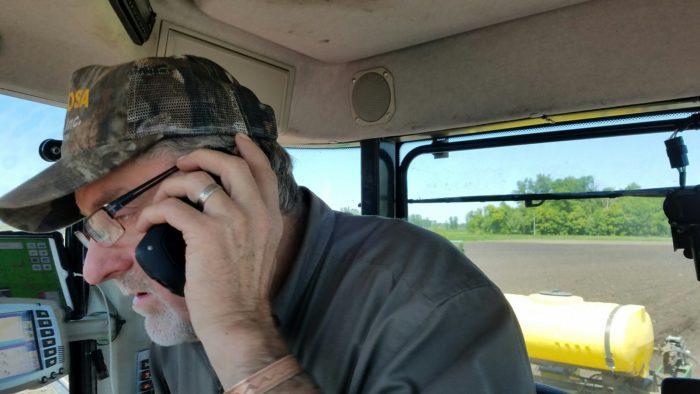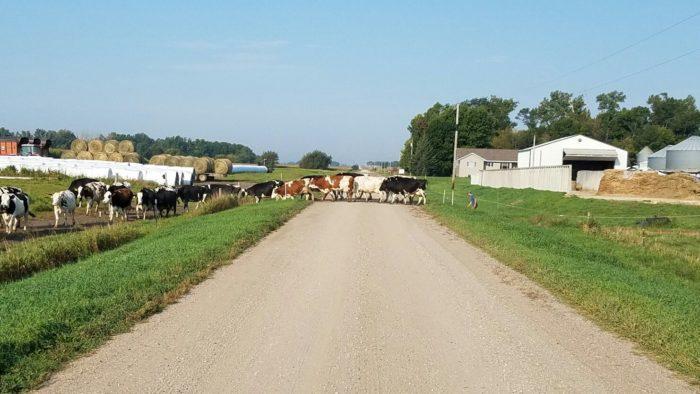Healthier Soil, Better Climate?
Healthier soil, better climate?
Organic food is growing in popularity. We can almost predict what’s next: “Regenerative agriculture.”
It’s a holistic approach to farming that could, among other things, halt and even reverse some of the food system’s contribution to climate change.
Here’s how it works:
One of the places carbon is naturally stored is in soil. When soil becomes depleted by certain farming practices, such as tilling, so does its carbon bank. When soil can’t store carbon, more carbon lives in the air and becomes a greenhouse gas that’s harmful to the environment.
Regenerative agriculture makes the optimal use of the earth’s natural solar energy, water cycles, and nutrient cycles to build healthy soil, ultimately capturing carbon in the earth and keeping it out of the air. Healthy soil also holds more nutrients for crops and animals, and stores more water for dry periods.
Regenerative practices are being adopted by both organic and conventional farms.
In 2016, General Mills gathered experts to form the Organic & Regenerative Agriculture Advisory Council (ORAAC). The council helps identify challenges and propose real-life solutions to achieve its larger sustainability goals, which range from reducing our carbon footprint to improving the health of key watersheds by 2025.
We recently played host to council members at our headquarters in Minneapolis. One member, Joe Borgerding, is an organic dairy farmer with a vision for modern holistic farming.
For him, regenerative agriculture is about “rethinking how we do food” through a combination of traditional organic farming, an education in soil biology, and 21st century technology.
“Many people think organic farming just means old fashioned, like how grandpa did it years ago. Much of our agriculture is similar to how grandpa did things in terms of tilling, planting, and harvesting. But grandpa’s horses limited his ability to be timely and accurate, and little knowledge of soil nutrients made it hard to farm.
“Modern organic farmers’ biggest advantage is newfound knowledge of the biology in our soils, and how it can be leveraged to grow the best quality food for the discriminating buyer.”
It’s clear that Joe thinks long term. He tells me that he grows cover crops in his fields, which serve a dual purpose: over time, the cover crops collect energy from the sun and minerals from the earth, which become nutritious feed for his animals. The cover crops also act like a winter blanket for the land, keeping soil in place and building healthy carbon during winter winds and spring melt. Come spring, Joe has rich soil in which to plant his crops.
Joe thinks the farm will look a lot different in 20 years.
“I assume the cows will be milked by robots and the tractors will drive themselves. I hope the most important job will still be done by our family, which is the management of resources and the holistic setting of worthy goals.”
Joe is one of 12 children and father of five. Two of his sons farm with him. His view of regenerative farming includes his son’s generation, and the generations to come.
“The higher potential for profits are attracting new talent to farming,” he says. “Young families moving back to rural communities is part of the regeneration of agriculture that is so needed in this country.”
Have an idea for a story you’d like to see on “A Taste of General Mills”? Please let us know via email at contact.blog@genmills.com.
Subscribe to “A Taste of General Mills” by email – here – and we’ll notify you about our latest posts

